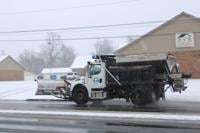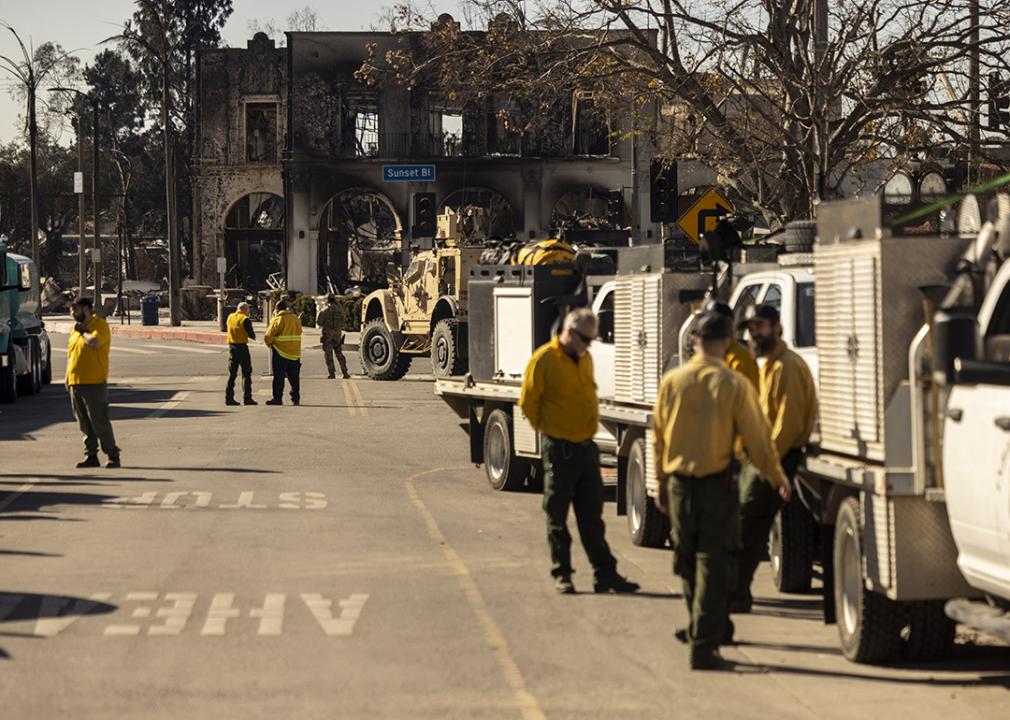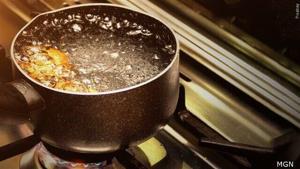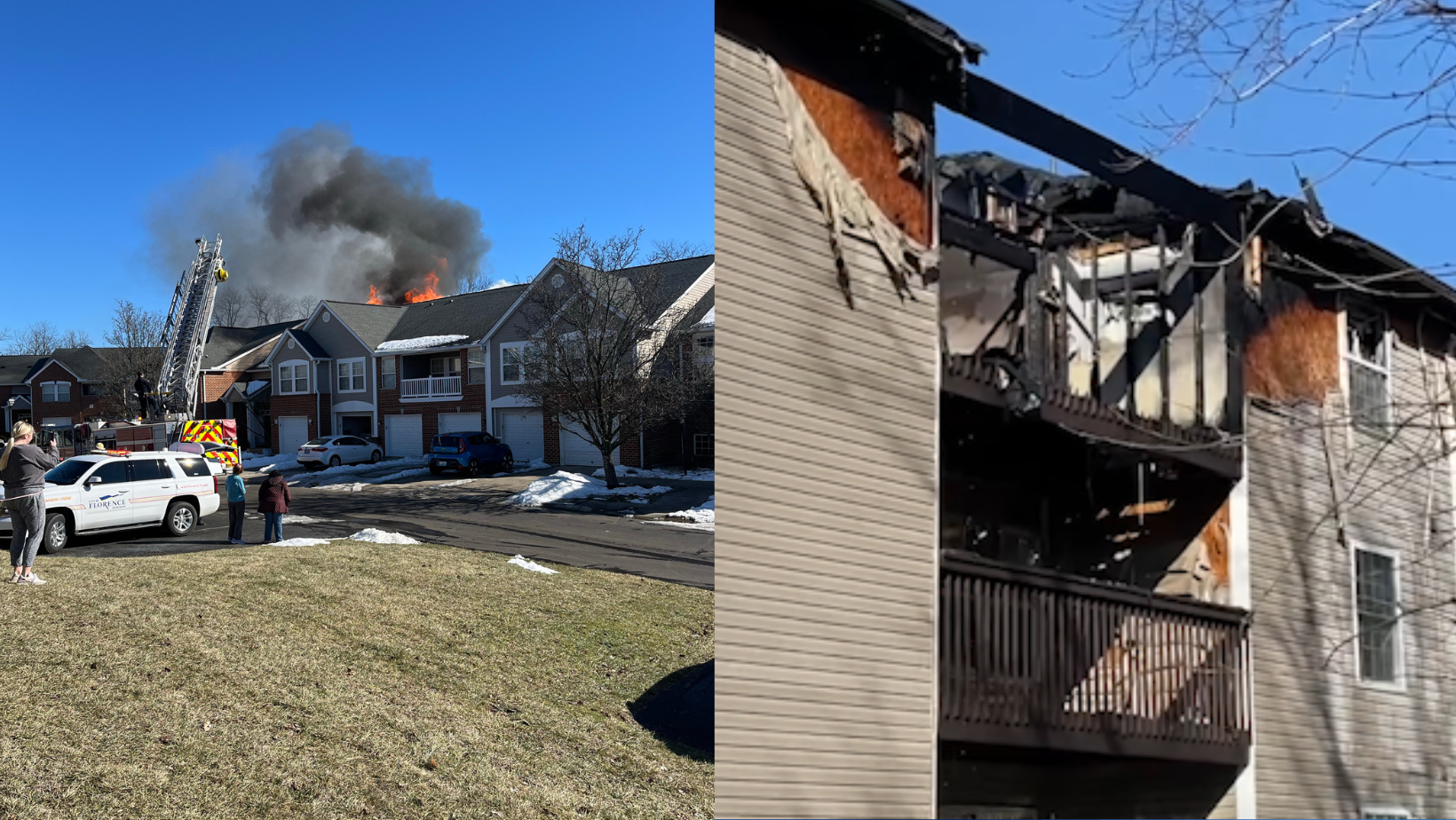PADUCAH — As another winter storm hit the area on Friday, Jan. 10, a primary concern among residents is the safety of roadways. County and state officials, who each oversee specific sections along with the city, discussed the maintenance process of harsh, wintry roads.

McCracken County snow plows were active Friday afternoon as they worked to clear the snow.
WPSD-TV meteorologists anticipated up to three to five inches of snow accumulation throughout the region by the end of the day. The station reported that snowfall will taper off in the evening as road conditions continue to deteriorate.
With overnight low temperatures dipping into the mid-20s, WPSD extended the Weather Authority Alert through Saturday and advised drivers to be cautious on slick roads.
Randy Williams, the McCracken County road engineer, said that the department prioritizes roads with the highest volume of traffic, including New Holt Road, Clark Line Road and Gholson Road.

McCracken County road engineer Randy Williams.
Other notable roads like Lone Oak and Hinkleville are part of the highway system, which are the state’s responsibility.
Williams said crews begin with those central roads in Paducah and expand outward throughout the county in 12 designated areas. Drivers will spread salt and dissolvent chemicals on the snow and ice before they plow over them for removal.
He said crews also focus on problem spots like steep hills and curves, pre-treating them to prevent collisions.

The McCracken County road department is responsible for maintenance of other major county roads like New Holt.
“We’ll assign a driver to each area, and the driver will typically try to get onto the busiest roads first, Williams said. “They get it treated as quick as they can, and they work in their areas until they get it finished.”
Williams said an estimation for when the roads when be cleared is contingent on the amount of snow accumulation, which is still variable.
Noting that drivers complete their routes in about eight hours, he said a higher saturation of snow and ice prolongs the process. He said treatments must be repeated if snow continues to fall and roads further freeze.
“It all depends on the weather. If there’s very little out, they can do it in less time,” Williams said.
In the meantime, Williams advised drivers to use the high-priority roads, instead of more remote ones that have a higher probability of hazards.
“Just drive as slow and careful as you can,” Williams said. “Drive at the safest speed that allows you to stop before other vehicles and plows.”
Kyle Poat, the chief engineer for District 1 of the Kentucky Transportation Cabinet, said treatment prioritization for the state is divided into three categories.

Kyle Poat, the chief engineer for District 1 of the Kentucky Transportation Cabinet.
The categories include interstates, parkways and four-lane highways (“A” Routes); low-traffic collector roads from rural areas (“B” Routes); and low-volume roads in extremely rural areas (“C” Routes).
Poat explained that average daily traffic dictates the categories, and “A” Routes experience the largest flow of vehicles and commercial carriers. He said that “B” and “C” Routes that lead distributors onto primary routes are then allotted the next highest priority.

A map from KYTC outlines the priority routes for the state.
“It really comes down to volume of traffic and what the road’s main function is,” Poat said. “The order is always interstate, parkway, A’s, B’s and C’s when practical.”
Poat said that KYTC also collaborates with local emergency services if specific issues arise. He said crews dispersed throughout the district can pivot from their assigned areas to those of requested assistance.
“We engage with county, city, state police and local law enforcement to address things as they happen,” Poat said. “If emergency management has something happening and they need us to salt this particular area, then we divert our forces to help out wherever they need.”
Echoing Williams’ stance, Poat said the time frame for when roads are cleared hinges on how severe the winter storm ultimately is. He said crews must account for the amount of time between applying chemicals and salt, and returning once the elements are finally weakened enough to plow.

District 1 of the Kentucky Transportation Cabinet is responsible for maintenance of highways, including roads that stem from them like Lone Oak.
Though there was a significant amount of snow, he said temperatures in the upper-20s have deterred the precipitation from freezing into more treacherous conditions.
“The warmer the temperatures are, the better our chemicals work and the faster we can get it plowed off. If the sun comes out, it also heats up the pavement and helps break up the snow and ice.” Poat said. “It’s more so what Mother Nature helps us out with.”
Poat said one way to expedite the process is to avoid unnecessary travel for the time being, both to protect personal security and not hinder treatment crews.
“Give our folks adequate space,” Poat said. “We’re here to help, and we’re trying to make the roads safe for everyone to travel on.”
For more information on KYTC priority routes, visit goky.ky.gov.
Will Spencer is a reporter for the Mayfield Messenger.
#State #county #crews #treat #harsh #roads #winter #storm #News















Leave a Reply